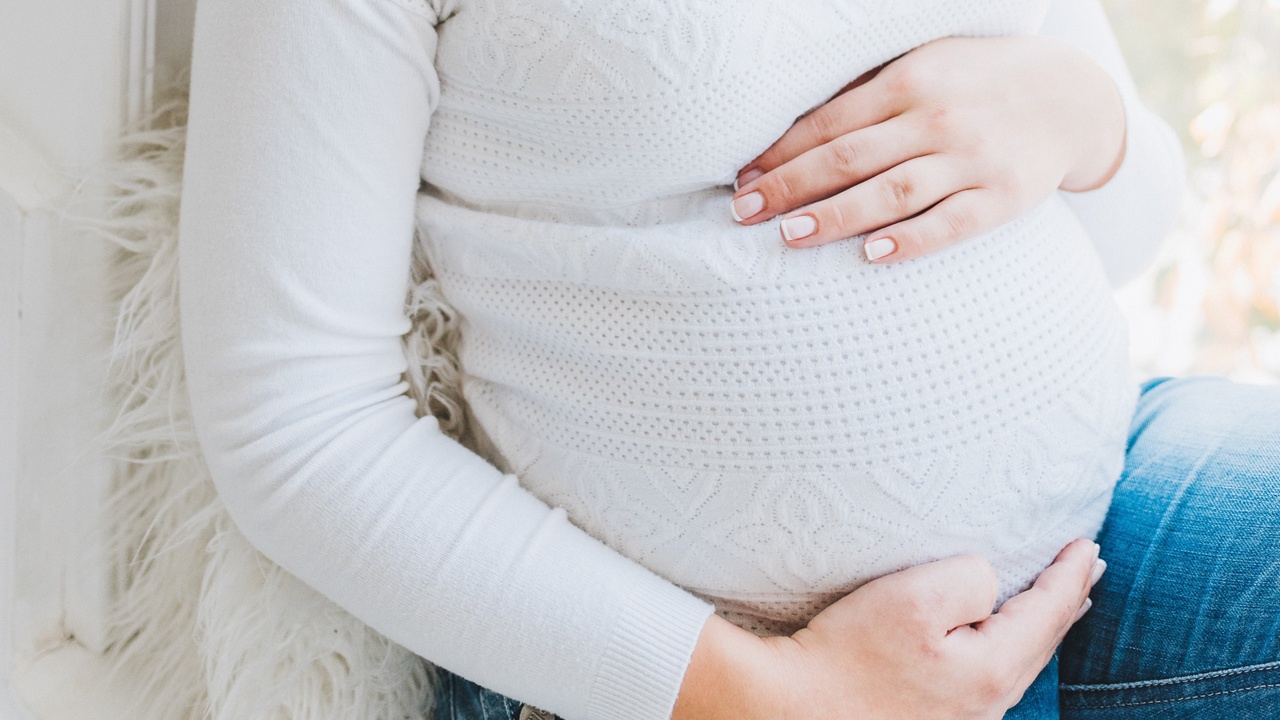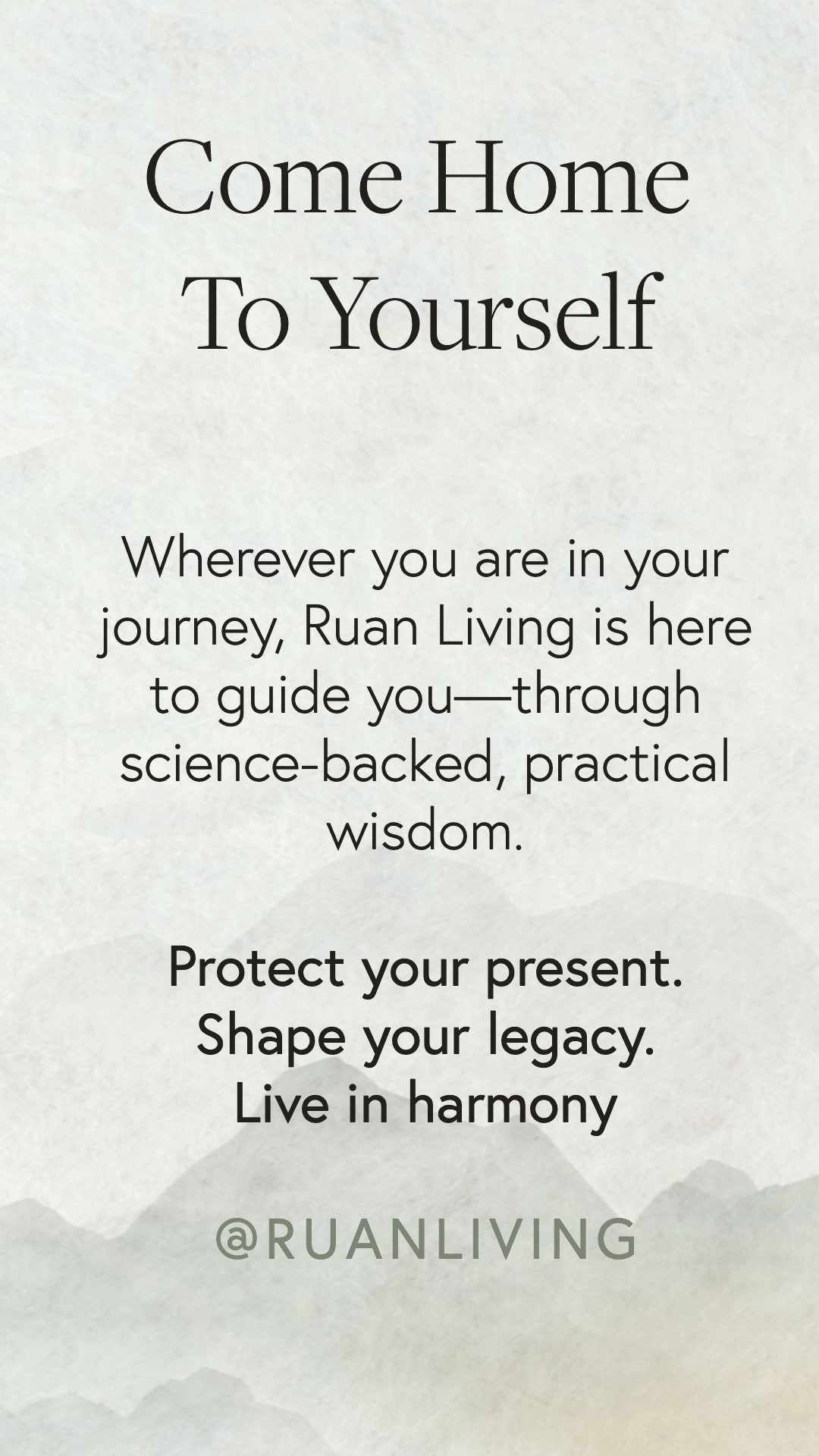
My #1 AHA Moment: The Body Burden of Newborns
Mar 15, 2021by Sophia Ruan Gushée
While preparing thoughts for recent speaking engagements, I struggled to explain concisely why—for the past 14 years—I have been studying and teaching the practical ways to eliminate chemicals, heavy metals, and EMFs from our homes, diet, self-care, and technology.
Since the start of my journey in 2007, when I became a mom to my first of three daughters, I have had hundreds of AHA moments. They each fueled my commitment to research, experiment with "green" products, and persist through inconveniences and failures.
However, these experiences also helped me craft the practical nontoxic lifestyle that now brings me peace of mind—even with all the details that I know (almost 500 pages of which is in A to Z of D-Toxing).
My #1 AHA moment
But, as I wondered how to explain briefly why I have dedicated so much of my time and resources towards studying and teaching about our toxic exposures, I asked myself, What is the #1 AHA moment?
Eventually, I identified one. It relates to our body burden.
Body burden is a term that refers to the level of chemicals and heavy metals that are in our bodies.
Women tend to have a higher body burden than men.
Children have been found to have higher levels of some toxicants (like chemical flame retardants) than adults. The younger the life, the more vulnerable that life is to toxicants.
However, the #1 AHA moment was when I read this in a 2005 article by the Environmental Working Group:
Of the 287 chemicals detected in the umbilical cord blood of American babies, we know that:
- 180 cause cancer in humans or animals
- 217 are toxic to the brain and nervous system, and
- 208 cause birth defects or abnormal development in animal tests
Examples of chemicals found in us include pesticides; chemicals used in nonstick formulas, food wrappings, carpets, furniture, clothing, electronics; and chemicals that were phased out years or decades ago.
It was difficult to learn about the chemicals that our children are being exposed to from in utero. And I was disturbed to realize that a lot of these chemicals are through what I buy, own, and do.
My reaction to that realization has been, What are the practical things I can do to reduce my family's exposures?
I have discovered hundreds of simple things we can all do. And they integrate some old-fashion ways from the pre-industrial revolution into our ultra-modern lifestyle. The net result has been not just improved conditions to lower my family's body burden, but it has also balanced our lives by grounding us in the opportunities that foster meaningful connections.
For example, having parameters around technology-use because of my EMF concerns has naturally aligned my family's behavior in ways that delay/reduce the negative social-emotional effects of being more wirelessly accessible.
My selfish reason for teaching
Ultimately, I realized that I will have a limited impact on my children's future because everyone's choices influence the environment that our children and grandchildren will inherit.
What we, collectively—and, therefore, individually—pour down the drain, excrete into the toilet, and discard into the landfills is significantly impacting our collective air, drinking water, food supply, infectious diseases, immunity, and safety from natural disasters.
We have seen with covid-19 that we need each other's cooperation. That is also true of the climate/environmental crisis. And it is true with our toxic exposures.
We are interconnected. We need each other!
Small detox tweaks can transform
Some chemicals—like BPA and phthalates (found in things like plastics)—can exit our bodies relatively soon. For example, BPA is estimated to exit the body in about 5 hours; and some phthalates can exit the body anywhere from hours to days.
Therefore, if you decrease your exposures to them (they are shockingly pervasive), then you can decrease your body burden. (There are always exceptions but you probably know if your body is extra-extraordinary.)
My #1 Tip
There are many simple. ways to decrease our toxic exposures. However, my #1 tip is to avoid plastics, especially plastics that encounter what you eat and drink. Examples include:
- Food and beverage containers
- Plastic wrap
- Pre-packaged foods
Avoiding the above 100% is impossible. So avoid them when you can.
A DIY structured path to detoxing your body burden
To make it easier for you to make safer, healthier choices for our bodies and planet, I have been structuring what I wish I knew sooner into my "pillars" of Practical Nontoxic Living.
Recently, I released the first two pillars as workbooks:
- Home Detox Workbook: Checklists To Eliminate Toxic Chemicals
- EMF Detox Workbook: Checklists To Recover From Electromagnetic Exposure
I am now delighted to give a proper introduction to their new and improved online counterparts. Together with an introductory Detox 101 and online private forum for Q&A, the online Home Detox and EMF Detox at the D-Tox Academy are available for an introductory rate. You can learn more about them below.
Home Detox & EMF Detox
The pillars are structured and being released according to how affordable and accessible the tips are. So the first two pillars—Home Detox and EMF Detox—are the most budget-friendly tips. Many don't cost much, if anything. Everyone can afford to adopt many of the suggestions. These are the must-do choices that every household can consider.
We have an overlooked opportunity to curate our homes and routines. They can be transformed into a practically nontoxic, restorative, and even healing space or rituals. This allows us and those we live with to experience higher quality recovery and improved conditions for more resiliency for the exposures that we can't control.
Since our health and well-being result from the complex interplay of genetic and nongenetic factors, the more you can optimize the nongenetic factors—like diet, exercise, sleep, and toxic exposures—the more you increase your luck for good health.
Get guided by checklists
For guidance on how to start detoxing, join the Essential Detox. The workbooks are helpful independently of the online counterparts, but the online videos provide more context for the checklists and help onboard those you live with.
The online updated checklists, which are similar to the workbook, create a roadmap for you to pursue the most fundamental budget-friendly tips that everyone should incorporate to reduce chemicals, heavy metals, and EMFs.
To learn more, click on the Essential Detox button below.
Source: A to Z of D-Toxing (Gushee 2015).
🎁 unlock your ULTIMATE HOME DETOX™ starter pack
Download the Ultimate Home Detox™ Starter Pack—your free set of practical, science-backed tools to begin reducing toxic exposures in your everyday life.
- Nontoxic Cleaning Guide
- Forever Chemicals Detox Starter
- EMF Detox Challenge
- Safe Cookware Starter Kit
- Kitchen Detox Checklist
- Fertility / Pregnancy / Children's Detox
Join 349,000+ people who’ve turned to Ruan Living for trusted, practical nontoxic guidance. These resources have helped thousands begin their journey toward a healthier home—and they’re yours, free.
GET YOUR ULTIMATE HOME DETOX™ STARTER PACK NOWWe hate SPAM. We will never sell your information, for any reason.




